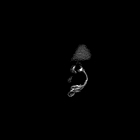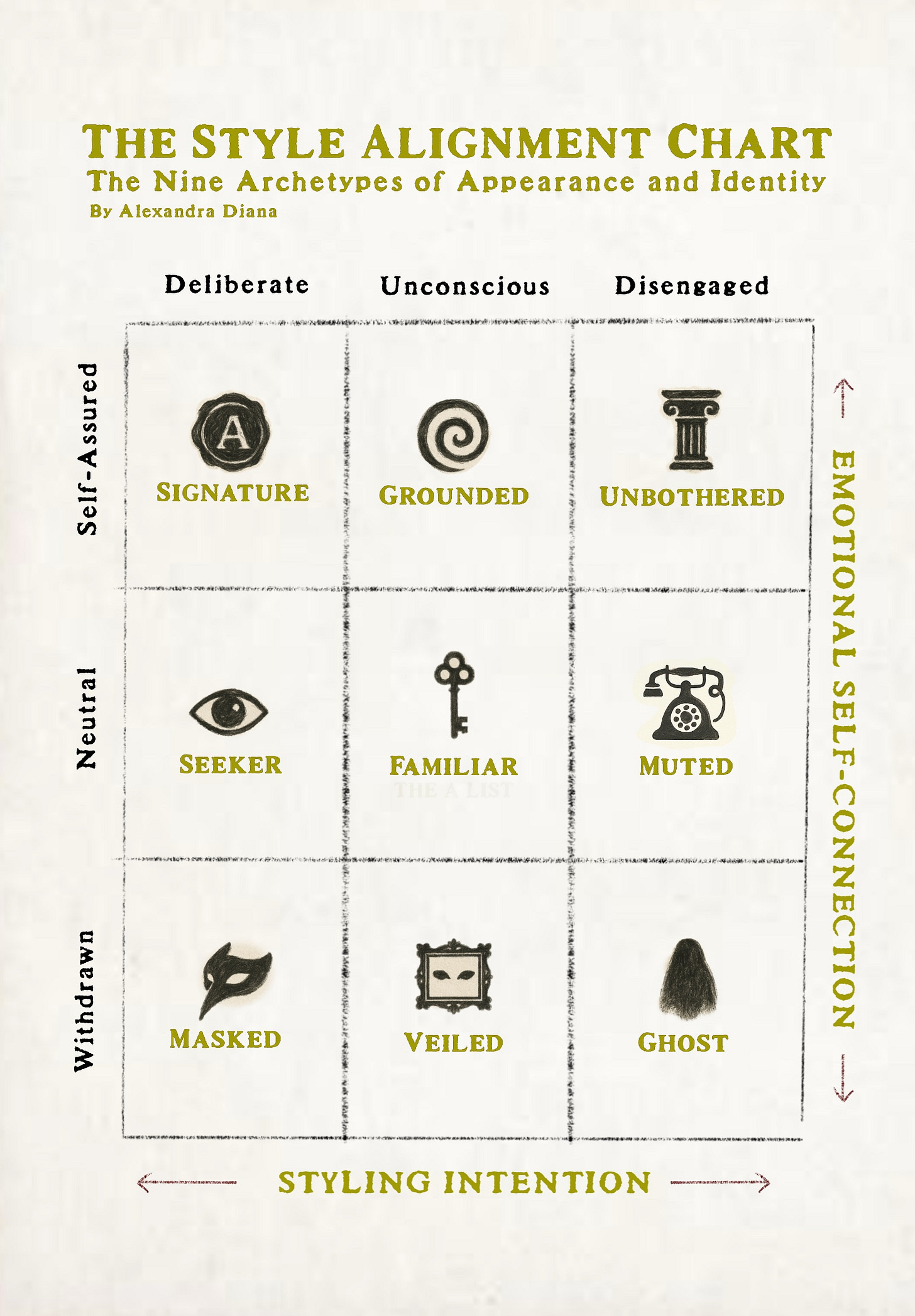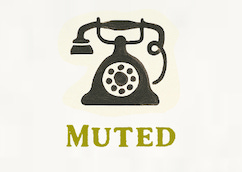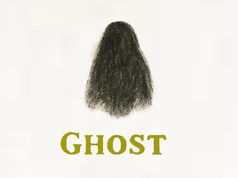Mapping the Psychology of Style
The Nine Archetypes of Appearance and Identity
This idea has been on tip of my tongue for years, and it wasn’t until recently that the structure finally clicked.
Personal style is much more than your aesthetic.
It’s the way you signal how you feel about yourself to others, and the way that you subconsciously teach others how to treat you. It’s the way we signal belonging, self-regard, rebellion, and belief before we say a single word. Style is not just a reflection of our identity, it’s a daily rehearsal of what we believe we deserve. The idea that we might unintentionally put our inner lives on display, through a hemline or a hoodie, fascinates me.
Style is a form of subconscious composition, and whether we admit it or not, we’re always speaking. We often believe we are merely throwing something on, but this is incorrect. What we are doing is following an internal feedback loop of identity.
Previously, we spoke about the Internal Feedback Loop of Style:
Style creates a feedback loop: what we wear is seen, interpreted, and then internalized, which shapes how we see ourselves. Over time, our presentation rewires our perception of ourselves due to the responses, or lack thereof, from others. In this was, our appearance directly influences our behavior. Our behavior then shapes our identity.
Internal belief → styling choices → social response → identity reinforcement → behavioral repetition or evolution
What I needed was a way to make the loop visible: I wanted understand how emotion becomes outfit, how outfit becomes narrative, and how that narrative loops back into identity. A visual representation to understand how we look based on how we feel. I realized that the act of getting dressed isn’t the final frame, it’s often the beginning scene. How do we know what part of the identity loop were operating in if we can’t see how we identify in the first place?
Finally, it came to me.
The Style Alignment Chart: Nine archetypes that mirror your current position in the feedback loop between feeling, appearance, and identity.
How does it work?
The Style Alignment chart is void of any aesthetic preference. This isn’t a personality test, but a reflective tool. It helps you notice how your internal state is expressing itself outwardly. The archetypes are fluid positions within the identity loop, not fixed states.
Think of them as shifting states of engagements: You are not just one of these. You may shift based on environment (home vs. work, comfortable vs uncomfortable), move up or down with mood or energy, or occupy one square most often, but aspire to reside in another.
Axis One: Emotional Self-Connection (Vertical)
Self-Assured → You dress with clarity, presence, and ease.
Neutral → You dress out of routine, function, or social compliance.
Withdrawn → You are emotionally disengaged from your appearance.
Axis Two: Styling Intention (Horizontal)
Deliberate → You make clear, conscious styling decisions.
Unconscious → You rely on familiar choices without deep thought.
Disengaged → You avoid or resist participation in personal appearance.
To find out where you reside, consider the following:
Is this outfit expressing who I am, or who I think I need to be?
What part of myself is most present in this look? What part is missing?
How does my outfit make me feel about myself?
What am I hoping others will notice about me? What do I want them to overlook?
The Nine Archetypes of Personal Style
1. The Signature
Deliberate + Self-Assured
The Signature dresser has a distinct personal style shaped by a confident sense of self. They are driven by their desire to express themselves with focused intention, they have a distinct identity they are aligned with completely. This person knows who they are and is keen to express it; they are often seen as fearless, and are the authors of their own life.
Examples: Iris Apfel, Michèle Lamy, Diana Vreeland, André Leon Talley
2. The Grounded
Unconscious + Self-Assured
The Grounded dresser has a distinct style that is consistently reflected with minimal deviations. They are known for their ‘type’ or ‘aesthetic’, and pull it off with ease. Their appearance reflects a strong internal sense of stability; this person feels worthy of attention and care without needing to perform or prove it. Their outfit doesn’t carry a message, as they don’t use style to anchor their sense of self.
Examples: Jane Goodall, Bill Cunningham, Fran Lebowitz
3. The Unbothered
Disengaged + Self-Assured
Often misunderstood as a lazy or careless dresser, this archetype reflects a unique phenomenon: calm, self-assurance without effort in presentation. This person is quietly confident, with a strong internal monologue; their social charisma or intellect gives them grounding. The Unbothered is often underestimated—until they speak. Afterward, everything they’re wearing seems intentional in retrospect. (Understand that this is only perception.)
Examples: Albert Einstein, Steve Jobs, Joaquin Phoenix, Julia Roberts
4. The Seeker
Deliberate + Neutral
The Seeker is someone who is in a phase of self-discovery and experimentation. They actively work to display their internal belief systems and personal narratives through fashion and appearance. This person is not indecisive, they are highly mutable and want to express themselves in a more complex way than they currently are. Their goal is self-discovery, not impressing others.
Examples: David Bowie, Dennis Rodman, Grimes, Helena Bonham Carter
5. The Familiar
Unconscious + Neutral
The Familiar dresses by instinct and routine. Their style is consistent, comforting, and largely unexamined; not out of low self-worth, but because it offers a reliable sense of identity. Their visual choices reflect emotional stability and repetition rather than expression. They don’t have low self-esteem, however, their stylistic journey is paused, they live in a known visual identity for the sake of ease, not expression.
Examples: Julia Child, Fred Rogers, Bob Ross
6. The Muted
Disengaged + Neutral
The Muted may care about appearance in theory, but lack the emotional or energetic bandwidth to act on it. They likely believe their personal style doesn’t matter; that it won’t make any real difference in their life. This kind of dresser is aware of their lack of effort and engagement, and often feels a quiet ambivalence toward themselves. They aren’t actively hiding, but they aren’t choosing to be seen. Their presentation reflects detachment, not disdain.
Examples: Larry David, Daniel Radcliffe, Greta Thunberg
7. The Masked
Deliberate + Withdrawn
The Masked dresser uses their presentation as their shield. These individuals adapt their presentation acutely to others’ expectations, often to gain control over perception. They swing from style to style, replicate outfits like copy and paste, and rarely, if ever, engage in actual stylistic experimentation. They are highly curated and stylized, but not in their own reflection. This person would think about how others would perceived them when putting on clothing, not how they themselves feel in the clothing. Their opinion of what they like is based off of whatever is seen as most fashionable at the moment.
Examples: Kim Kardashian, Ivanka Trump, Tom Cruise, Emily Ratajkowski, Jared Leto
8. The Veiled
Unconscious + Withdrawn
The veiled dresser is emotionally disconnected from their personal style. Dressing feels mechanical, a part of their routine likened to brushing ones teeth. This person’s predictability is deeply ingrained. They may wear the same rotation of clothes for years without re-evaluation, and may feel nothing towards their wardrobe at all: no shame, no pride, just existence. There is no joy in dressing, in expressing. This person isn’t necessarily resisting evolution, they simply haven’t realized it’s available. The veiled is defined by their lack of update.
Examples: Stephen King, Bernie Sanders, Warren Buffett
9. The Ghost
Disengaged + Withdrawn
The Ghost dresser is emotionally and physically disengaged, signaling a near-collapse of self. The Ghost suffers from depersonalization, a dissociative response common in burnout, depression, or prolonged stress, where one feels emotionally and physically disconnected from the self. It’s as if they, themselves, are absent from their own appearance. They are present, but not visible.
Examples: In their final years, Amy Winehouse, Anthony Bourdain, Truman Capote. These once vibrant dressers felt so detached from their previous selves, like a shadow, almost unrecognizable.
In Closing
I believe we are each uniquely our own, capable of creating and expressing whatever we desire. Sometimes, at least for me, the hardest part has been understanding how and why we are perceived the way we are, and delving deeper into this has brought me great happiness and purpose.
I hope this framework offers you a moment of insight, or perhaps even recognition. In the coming weeks, I’ll be publishing deep-dive explorations of each archetype in the alignment chart. They’ll live here, linked below, waiting for you whenever you’re ready to understand not just what you wear, but why.
Fashion might be what you adopt when you don’t know who you are, but style, true, expressive style, reveals us completely, without needing to speak.
With great personal aesthetic!
Alexandra Diana, The A List




















yw, you are expressing something deeper i couldn't put my finger on, it's a pleasure to read. I'm a fiend for a good map
this was such a good read, thank you ♡ loving these insights between psychology and personal style!